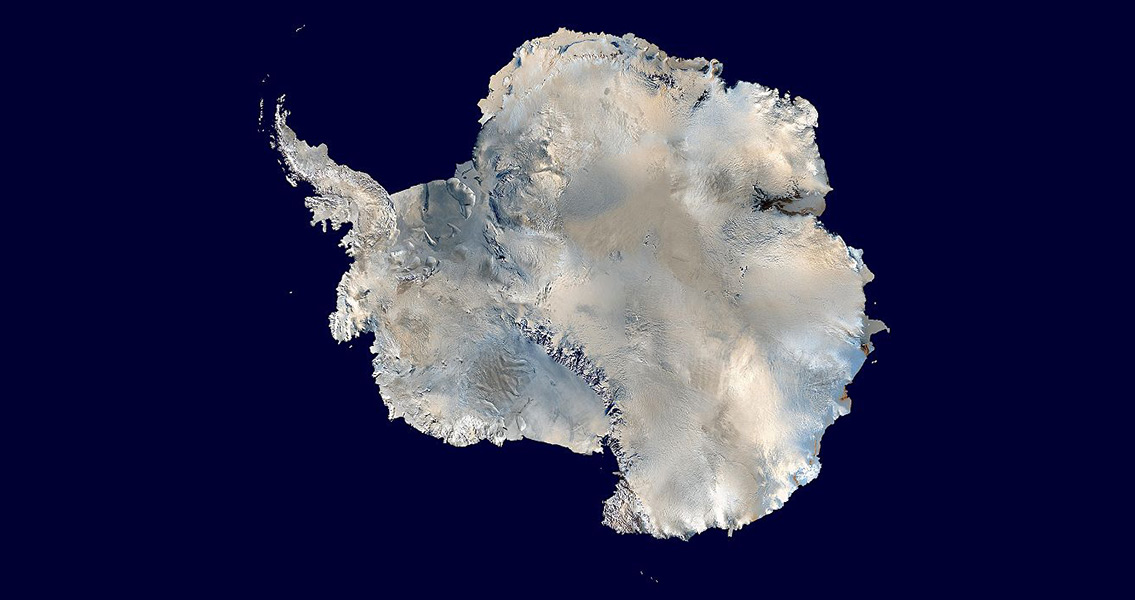<![CDATA[The frozen continent of Antarctica is known for its harsh conditions and climate that make it difficult to sustain life. However, millions of years in the past it was a different story altogether. In fact, recent research has revealed that there was not one but two ancient beetles that once resided on the continent. The fossilized forewings from these two beetles were found in the frozen wastes, likely a remnant of Antarctica’s less-frozen distant past. According to an article in Gizmodo, a team of scientists from the Smithsonian and North Dakota State University made the discovery while searching Beardmore Glacier, located close to the Transantarctic Mountains. The find represents the first instance of ground beetles ever discovered on Antarctica. The new species has been named the Ball’s Antarctic Tundra Beetle and has been traced back to having lived sometime within a window of 14 million to 20 million years in the past, back when Antarctica was much warmer. With the low moisture, lack of vegetation and blisteringly cold temperatures even in the southern hemisphere’s summers, Antarctica is not welcoming to insect species. In fact, the only known species of insects that inhabit the continent are a trio of flightless midge species that resemble flies. However, in the distant past the climate of Antarctica was vastly different, and at the time the ancient beetle was likely to have lived on the sandy, gravelly banks of a stream fed by meltwater. While the area would have featured relatively sparse vegetation, plant species such as moss mats, buttercups, cushion plants and the southern beech would have grown in the region. The beetle would have lived alongside these plants, and may or may not have flown between the local flora in search of food. The slow glaciation that covered Antarctica had already begun by 20 to 14 million years in the past. As early as 55 million years ago, the continent would have been covered with thick forests, scientists say. The slow cooling of the Earth, beginning at 38 million years ago, heralded the long, slow crawl of ice across the surface of the continent. However, evidence exists that tundra vegetation existed at least on Antarctica’s northern peninsula as recently as 12 million years in the past, placing the new beetle species easily within the range of survivability on the slowly freezing continent. The main authors of the study: Terry Erwin and Allan Ashworth, remarked that the beetle could be a distant relative of ancient beetle ancestors that would have been alive back in the days of one united landmass. The supercontinent, which comprised Australia, Africa, South America, Antarctica and other local regions, has been labelled Gondwana by researchers. The ancient ecosystem of this progenitor continent may have survived in part on Antarctica for several million years after Gondwana drifted apart, something that the presence of Ball’s Antarctic Tundra Beetle helps to reinforce, the researchers added. The new scientific study, published in the journal ZooKeys, is available here ]]>
New Research Reveals Existence of Ancient Antarctic Beetles
